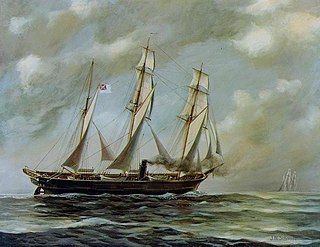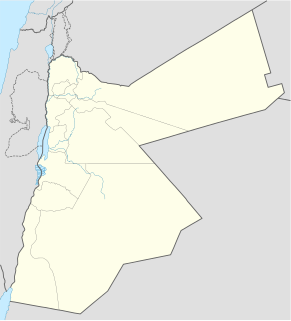 W
WCSS Alabama was a screw sloop-of-war built in 1862 for the Confederate States Navy at Birkenhead on the River Mersey opposite Liverpool, England by John Laird Sons and Company. Alabama served as a successful commerce raider, attacking Union merchant and naval ships over the course of her two-year career, during which she never docked at a Southern port. She was sunk in June 1864 by USS Kearsarge at the Battle of Cherbourg outside the port of Cherbourg, France.
 W
WAtlit Yam is an ancient submerged Neolithic village off the coast of Atlit, Israel. It has been carbon-dated as to be between 8,900 and 8,300 years old. Among the features of the 10-acre site is a stone circle.
 W
WCerro Mesa Ahumada or Cerro Colorado, is a hill located in the northern region of the State of Mexico, in Mexico, between the municipalities of Tequixquiac and Apaxco. The hill has a maximum elevation of 2,600 metres (8,500 ft) above sea level, and is located at a southern pass leading out of the Mezquital Valley.
 W
WCival is an archaeological site in the Petén Basin region of the southern Maya lowlands, which was formerly a major city of the Pre-Columbian Maya civilization. It is located in the present-day Department of Petén, Guatemala.
 W
WKharaysin is a Pre-Pottery Neolithic site (PPN) located in the village of Quneya, at the Zarqa River valley, Jordan. This site was discovered in 1984 by Hanbury-Tenison and colleagues during the Jerash Region Survey. The site was allocated to the Pre-Pottery Neolithic B because of the analysis of archaeological artefacts recovered on the surface.
 W
WKhirbet ed-Dharih is an archaeological site including a Nabataean settlement and religious sanctuary outside of Petra, Jordan. The site is located in southern Jordan, in the city of Tafileh, 100 km north of Petra. The earliest signs of human habitation at the site are from the Neolithic period and more specifically the Pre-Pottery Neolithic period circa 4000-6000 BCE.
 W
WLindow Man, also known as Lindow II and as Pete Marsh, is the preserved bog body of a man discovered in a peat bog at Lindow Moss near Wilmslow in Cheshire, North West England. The remains were found on 1 August 1984 by commercial peat cutters. Lindow Man is not the only bog body to have been found in the moss; Lindow Woman was discovered the year before, and other body parts have also been recovered. The find was described as "one of the most significant archaeological discoveries of the 1980s" and caused a media sensation. It helped invigorate study of British bog bodies, which had previously been neglected.
 W
WThe Siba culture, also called Huoshaogou culture (火烧沟), was a Bronze Age archaeological culture that flourished circa 1900 to 1500 BC in the Hexi Corridor, in Gansu Province of Northwest China. It was discovered in 1984 at Sibatan in Shandan County. Siba type pottery vessels are different from the others in Gansu. Siba produced painted pottery with coloured decorations; these were painted after the vessels had been fired. Similar pottery was used by the Tianshanbeilu culture at Hami basin to the west.
 W
WTurkana Boy, also called Nariokotome Boy, is the name given to fossil KNM-WT 15000, a nearly complete skeleton of a Homo ergaster youth who lived 1.5 to 1.6 million years ago. This specimen is the most complete early hominin skeleton ever found. It was discovered in 1984 by Kamoya Kimeu on the bank of the Nariokotome River near Lake Turkana in Kenya.
 W
WWhydah Gally was a fully rigged galley ship that was originally built as a passenger, cargo, and slave ship. On the return leg of her maiden voyage of the triangle trade, Whydah Gally was captured by the pirate Captain Samuel "Black Sam" Bellamy, beginning a new role in the Golden Age of Piracy.